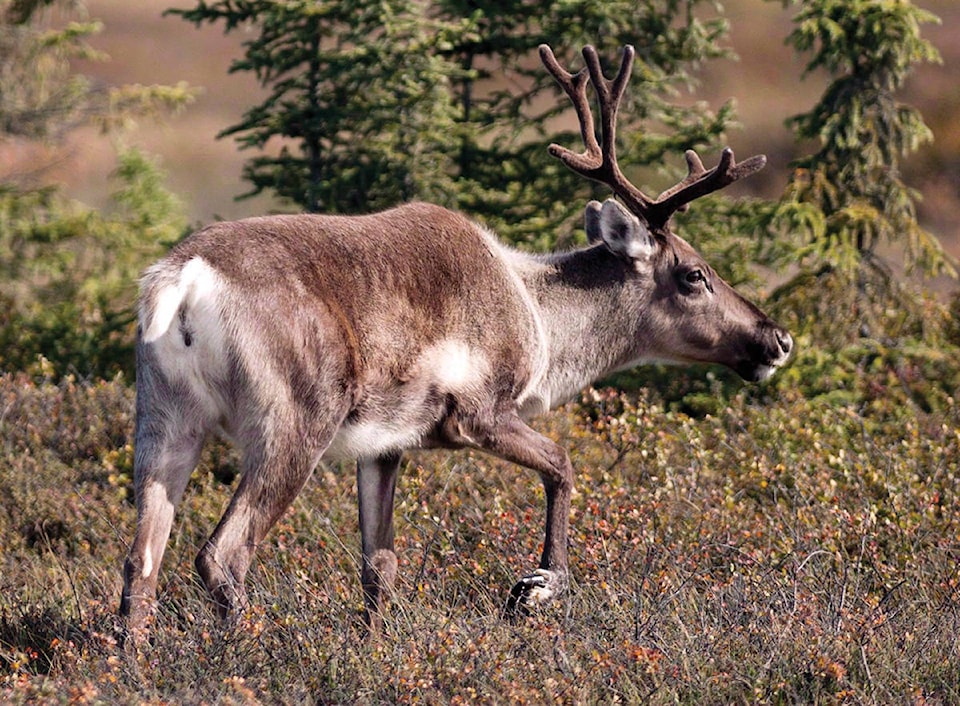Ottawa’s new caribou recovery plan won’t tell Canadians what the federal government is doing to conserve the many unprotected herds of the threatened species, says an environmental group.
The Canadian Parks and Wilderness Society says it will continue its legal action to force greater transparency from the federal government despite the release of Thursday’s plan, which lays out caribou recovery timelines and objectives for the federal and provincial governments.
“It doesn’t address our requirement,” said Alain Branchaud, a biologist with the group.
The federal strategy relies on each province to design plans for each caribou range under its jurisdiction. In 2012, the provinces were given until this October to file those plans.
“We’re going to see what we get and we’re going to do an assessment of those plans,” said Mark Cauchi of the Canadian Wildlife Service. “If the minister determines that any portion of critical habitat is unprotected, a report on steps being taken to protect critical habitat will be published in April 2018.”
That’s not strong enough to convince the society to withdraw its lawsuit.
The group argues Environment Minister Catherine McKenna should have already filed reports on which caribou herds remain unprotected.
“There’s a lot of them,” said Branchaud. ”There are a lot of gaps.”
The minister is also required to report on what is being done to close those gaps. Thursday’s plan doesn’t directly address those requirements, Branchaud said.
“First thing you go transparent about is whether or not there are protections in place. (Then) you go transparent about what you are trying to do to fill these gaps.”
Branchaud said too much weight is being placed on provincial range plans. Branchaud noted there’s nothing in the Species at Risk Act that requires provinces to submit them.
“The federal government is moving away from its own responsibility of identifying these places where there are no protections.
“We are not against the (range plan) process, but to link any next steps to something that is not a requirement of (the act) appears ill advised.”
A 2015 federal assessment found 81 per cent of Canada’s 51 woodland caribou populations are declining. The reasons are thought to stem from habitat loss and damage from forestry, energy development and wildfires.
The assessment concluded those populations will decline at least another 30 per cent in the coming years.
The federal plan promises an extensive research program, much of which is ongoing. Although caribou have already been intensely studied, work on how recovery programs should be implemented is now required.
Francois Fournier, a scientist for the Canadian Wildlife Service, said it’s important to understand how much habitat damage is attributable to wildfire and how much to human disturbances.
“That’s really important for recovery, to identify what the main threat is.”
Fournier said Environment Canada’s caribou program is growing.
“People have been hired and resources have been added.”
The federal plan also proposes a national consortium on caribou and calls for extensive co-operation between governments, industry, environmental groups, communities and First Nations.
Brent Wittmeier, a spokesman for Alberta Environment and Parks, said Ottawa does have the ability to compel range plans from the provinces under emergency protection orders. Alberta prefers to work with communities in developing ways to protect caribou without shutting down industry, he said.
“Each caribou range is different, so blanket solutions will not work,” he said. “In June, we launched a provincewide consultation to ensure that each local range plan is the right fit for each community.”
Alberta expects to file its plans as required.
